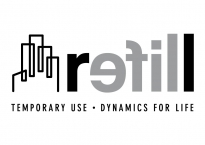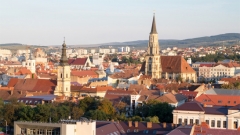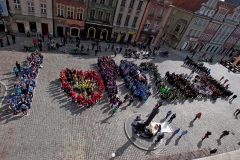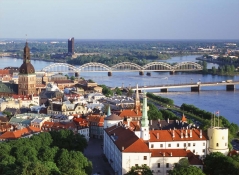
Reuse of vacant spaces as a driving force for innovation at the local level
Reuse of vacant spaces as a driving force for innovation at the local level
In many European cities one of the positive side effects of the financial-economic crisis is the growth of innovative forms of solidarity and commitment at local level. This Action Planning network pioneered, in terms of bottom-up civic initiatives, by co-creating solutions for social challenges in an urban context. Cities are often perceived as a laboratory and governments are no longer the only actor to solve complex challenges faced in cities. Therefore, temporary use is a powerful tool to make our cities "future fit". Since the concept of temporary use is interacting with many other urban dynamics it creates the right environment for social innovation to develop by: exchanging and evaluating of local supporting instruments; ensuring long lasting effects of temporality; building a more flexible and collaborative public administration.
Timeline
2016
Kick-off meeting in June (Amersfoot). Transnational meeting in September (Cluj Napoca).
2017
Transnational meetings in March (Helsinki), September (Ostrava).
2018
Political event in March (Athens). Final event in April (Ghent).
Integrated Action Plans
Within an Action Planning Network, the Integrated Action Plan is a local output, specific to each city. Thus, the local circumstances, as the concrete actions to be carried out in response to the network's sustainable development challenges, are defined by the URBACT Local Group. This core group is composed by a wide range of relevant stakeholders, who have a stake in the addressed challenge and who play an active role in co-designing the plan alongside the project partner. This document is the result of the interplay between the theme, each city's starting point and its individual URBACT journey. It highlights the positive learning experience cities have undertaken, both from a local and a transnational perspective.
-
 Ghentpdf 1.42 mo
Ghentpdf 1.42 mo -
 Nantes
Nantes -
Athenspdf 2.49 mo
-
 Cluj-Napocapdf 1.63 mo
Cluj-Napocapdf 1.63 mo -
 Ostravapdf 2.83 mo
Ostravapdf 2.83 mo -
 Poznań
Poznań -
 Rigapdf 186.38 ko
Rigapdf 186.38 ko -
Helsinkipdf 119.06 ko
-
Bremenpdf 169.57 ko
-
Amersfoortpdf 1.32 mo

